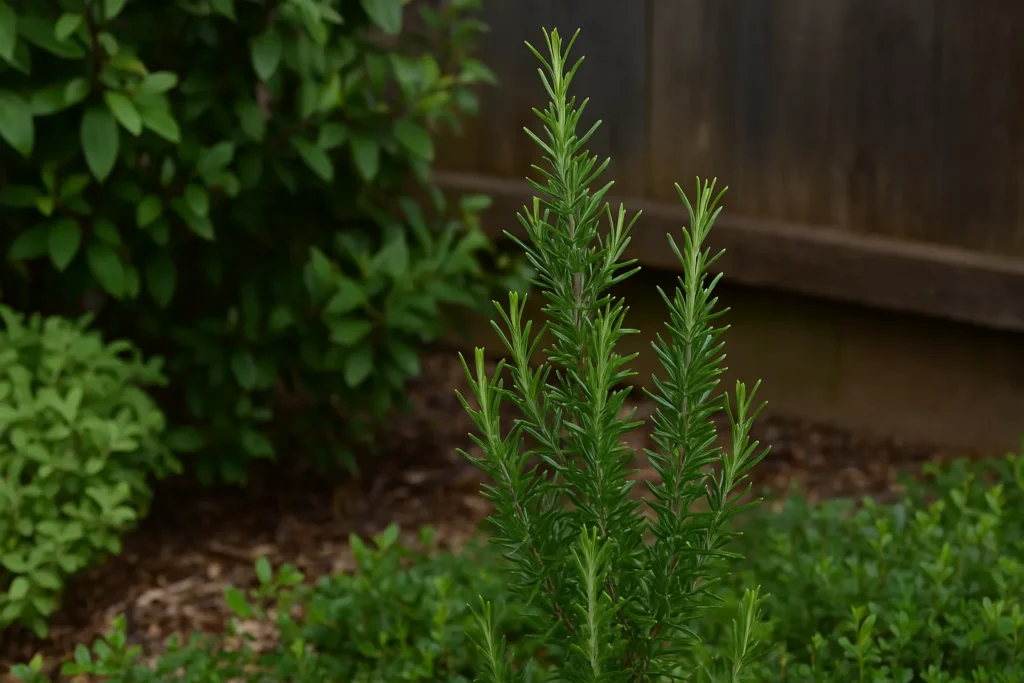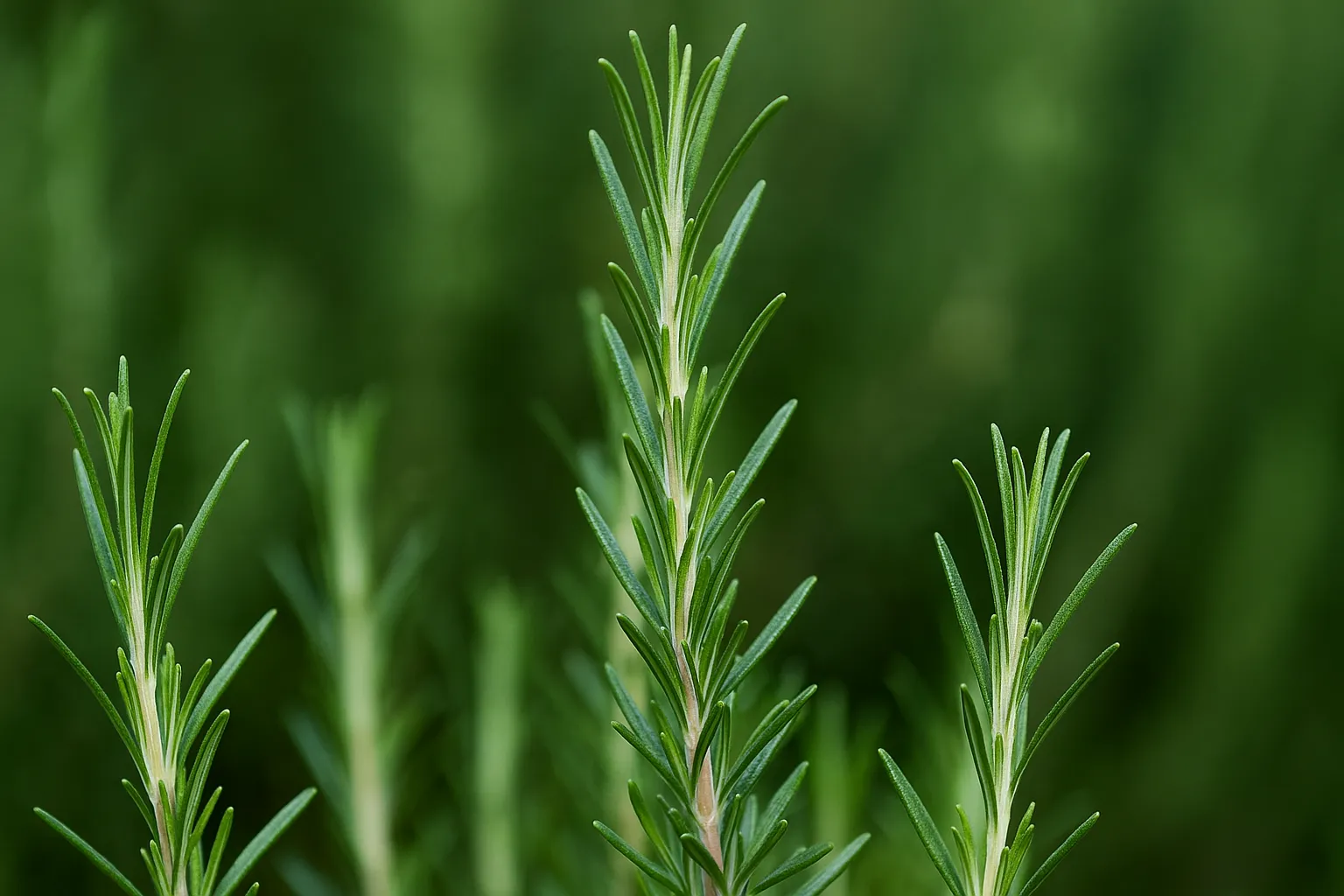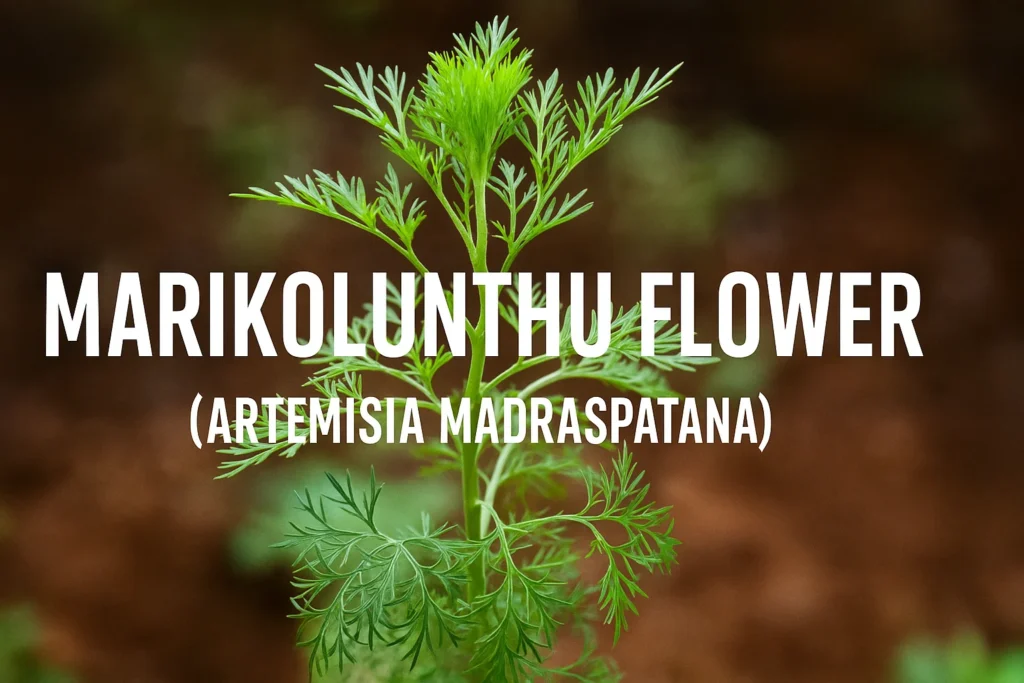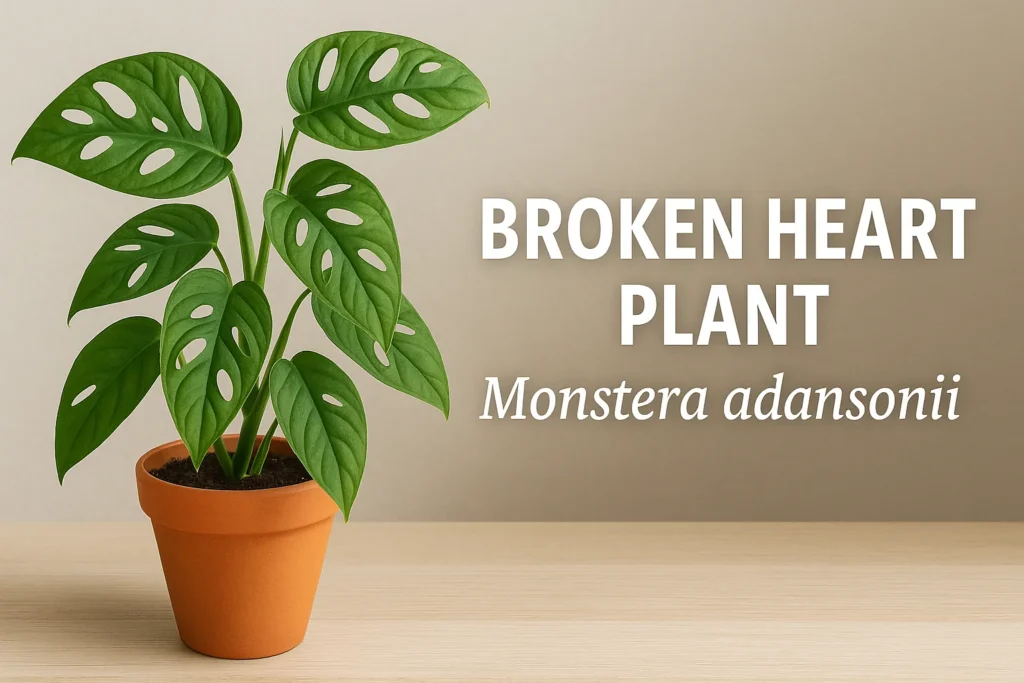Have you ever walked past a herb garden and caught a whiff of something earthy, piney, and slightly minty? That’s probably the rosemary plant. Known for its distinct fragrance and medicinal value, this evergreen herb is as useful in the kitchen as it is in your garden. Popularly called Gulmehendi in Hindi, rosemary has quietly found its way into Indian homes, balconies, and even terrace gardens.
Whether you’re someone curious about gardening or simply looking to add a touch of green with health benefits, this guide will walk you through everything you need to know about the rosemary plant — from how to grow it to how to use it in your everyday life.
What is the Rosemary Plant?
Let’s start with the basics — what exactly is rosemary? The rosemary plant is a woody, perennial herb with needle-like leaves and a pleasant, invigorating scent. Native to the Mediterranean region, it belongs to the mint family (Lamiaceae). In India, it’s gradually gaining popularity not just for its culinary use but also for its ornamental and medicinal appeal. The rosemary plant in Hindi is often referred to as Gulmehendi, which is easy to grow and maintain once you understand its basic needs.
How to Identify a Rosemary Plant
Ever wondered how to identify rosemary plant among other herbs? Rosemary has a very distinct look and smell. The plant usually grows as a small bush with upright, woody stems. The leaves are green on top and whitish underneath, shaped like narrow needles — similar to pine leaves but softer. If you crush the leaves gently between your fingers, you’ll notice a strong, refreshing aroma. That scent alone is often enough to help you recognize it instantly.
The flowers of the rosemary plant are small and can be blue, purple, or white, depending on the variety. You’ll often spot them blooming in spring or early summer.
Types of Rosemary Plants
You’ll be surprised to know that there are multiple types of rosemary plants to choose from. While most of us are familiar with the upright, bushy variety used for cooking, there are several ornamental and trailing types that look beautiful in hanging baskets and containers. Here are a few popular ones:
- Tuscan Blue: Tall, aromatic, with deep blue flowers. Ideal for cooking.
- Prostratus: A trailing variety perfect for ground cover or pots.
- Arp: Cold-resistant, light green foliage, and mildly aromatic.
- Blue Boy: A dwarf type, excellent for small pots or limited spaces.
Choosing the right type depends on your space and purpose — culinary use, ornamental gardening, or both. And if you’re creating a garden on a balcony or high-rise flat, don’t forget to consider an Invisible Grill for Balcony — especially if you’re placing plant pots near railings.
Rosemary Plant Benefits
Let’s talk about the amazing rosemary plant benefits. Rosemary is more than just a pretty plant with a nice smell. It has been used in traditional medicine, cooking, and skincare for centuries.
- Boosts memory and concentration: The aroma is known to stimulate mental clarity.
- Rich in antioxidants: Helps reduce inflammation and oxidative stress.
- Supports hair health: Often used in oils to reduce dandruff and promote hair growth.
- Digestive aid: Its compounds can improve digestion when used as a herb in meals.
- Natural insect repellent: Keeps mosquitoes and other pests at bay.
If you’re exploring medicinal herbs, also consider learning about the Gunja Plant, which holds Ayurvedic significance too.
How to Grow Rosemary Plant at Home

So you’re ready to grow your own Gulmehendi? Here’s how to grow rosemary plant in a few simple steps. Rosemary loves a warm, sunny climate. That makes rosemary plant in India quite easy to manage, especially in areas with mild winters and lots of sunshine.
- Choose the right pot: If planting rosemary in a pot, make sure it has good drainage.
- Soil matters: Use sandy or well-draining soil. Rosemary doesn’t like soggy roots.
- Sunlight is key: Ensure it gets at least 6-8 hours of direct sunlight daily.
- Water wisely: Water only when the topsoil is dry. Overwatering is a common mistake.
- Prune regularly: This encourages bushier growth and prevents the plant from getting woody.
Looking for more hardy and easy-to-grow plants? You might find the Pirandai Plant equally interesting for your herbal collection.
Planting Rosemary in a Pot
Don’t have space for a garden? No worries. Planting rosemary in a pot is a great idea for balconies and kitchen windows. Use a medium to large pot with drainage holes. A terracotta pot is ideal because it allows moisture to evaporate. Place it where it will get full sun. Rotate the pot occasionally so all sides of the plant get equal sunlight. Avoid crowding the pot with other herbs as rosemary prefers a bit of space.
If you love potted plants with interesting foliage, take a look at the Tangled Heart Plant which makes a beautiful companion to rosemary in your herb corner.
How to Take Care of a Rosemary Plant
Now that you’ve planted it, here’s how to take care of a rosemary plant the right way.
- Don’t overwater: Rosemary is drought-tolerant. Let the soil dry out between watering.
- Trim often: This keeps the plant healthy and enhances aroma.
- Fertilize sparingly: Once every couple of months is enough.
- Watch out for pests: While fairly resistant, keep an eye out for aphids or powdery mildew.
You can also dry the leaves and store them in an airtight container for culinary use year-round.
For those interested in herbal skincare or hair care, the Davana Plant is another valuable addition to your home garden.
Rosemary Plant in Indian Households
In India, the rosemary plant in India has gradually become a household favorite — especially among health-conscious urban gardeners. Its low-maintenance nature, versatile uses, and elegant appearance make it ideal for Indian climates. From North Indian rooftops to South Indian balconies, Gulmehendi is being used not just in pasta dishes but also in teas, oils, and even skincare routines. Some people also keep it near the kitchen window to repel bugs naturally.
If you love discovering local flora with healing properties, the Vana Tulsi Plant is another herb that pairs well with rosemary in both health benefits and garden beauty.
Final Thoughts
Whether you’re growing rosemary to enhance your meals or for its medicinal goodness, this herb is worth every bit of attention. Easy to care for, beautifully aromatic, and filled with health benefits, the rosemary plant (Gulmehendi) deserves a cozy spot in your home garden.
Love learning about local and exotic flowering plants? Don’t miss our feature on the Buraansh Flower and also check out unique additions like the Avarampoo Plant and the Nikodia Plant to enrich your garden knowledge.













